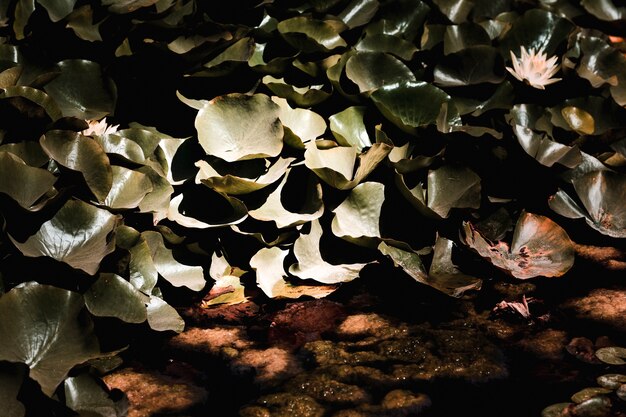
Sponsored article
In the shadowy corners of the world, a mesmerising spectacle lights up the night. Bioluminescent organisms, from twinkling fireflies to luminescent marine creatures, illuminate their habitats with their mysterious glow. This natural phenomenon captivates anyone who beholds it, offering a glimpse into the fascinating interplay of biology and chemistry. Delve into the wonders of bioluminescence and discover how these extraordinary creatures transform darkness into a luminescent canvas.
Bioluminescence, a captivating natural phenomenon, allows light-emitting organisms to illuminate their surroundings through sophisticated chemical reactions. At the heart of this process are two primary components: luciferin, a light-producing molecule, and luciferase, an enzyme that catalyzes the oxidation of luciferin. When luciferin interacts with oxygen, under the presence of luciferase, a chemical reaction occurs that releases energy in the form of visible light. This bioluminescent glow is achieved with minimal energy loss as heat, making it an efficient light-producing method that occurs in various organisms from fireflies to deep-sea creatures.
These organisms have evolved to utilize bioluminescence for various purposes including:
The chemical reactions involved in bioluminescence vary across species, with each having unique luciferins and luciferases. However, they all share the common trait of transforming chemical energy directly into luminescent display, creating a stunning nighttime spectacle in natural habitats worldwide.
Bioluminescent habitats are among the most captivating environments on our planet, ranging from the deep-sea marine environments to dense forest ecosystems and mysterious caves. In marine environments, bioluminescent organisms like jellyfish, plankton, and certain species of fish illuminate the inky depths. These glowing creatures use bioluminescence for various adaptive benefits, such as attracting prey, deterring predators, and communicating with mates. The darkness of the ocean’s depths serves as the perfect backdrop for these luminous spectacles, turning the deep sea into a constantly shifting theater of light.
On land, forest ecosystems harbor their own array of bioluminescent wonders. Fireflies, some fungi, and certain beetles emit light to navigate and reproduce in the dim light beneath the forest canopy. In the subtle darkness of caves, glowworms create ethereal “starry ceilings,” using their glow to lure insects into their silky traps. Across these diverse habitats, bioluminescent organisms illuminate the night, each adapted to thrive in its unique ecological niche, showcasing nature’s remarkable ingenuity in harnessing light.
Bioluminescent organisms play essential ecological roles in their natural habitats, often serving as keystone species in intricate networks of interactions. Through the mysterious glow they produce, whether deep in the ocean or within dense forests, these organisms engage in crucial predator-prey interactions. For instance, in the depths of the ocean where sunlight never penetrates, the anglerfish uses its luminescent lure to attract unsuspecting prey, ensuring its survival. This fascinating adaptation highlights the way bioluminescent organisms have evolved to capitalize on their unique ability to produce light, often tipping the balance in their favor within complex food webs.
Beyond feeding strategies, bioluminescent organisms use their glow for communication and to attract mates, further emphasizing their ecological roles. The famous fireflies, for example, light up dusky summer evenings with their flashing patterns, facilitating communication during mating rituals. These light displays are not just spectacles of nature; they play a vital role in reproduction, ensuring the continuation of species. Each flicker or flash, whether for courtship, warning, or territorial displays, underscores the importance of bioluminescence in facilitating communication within ecosystems.